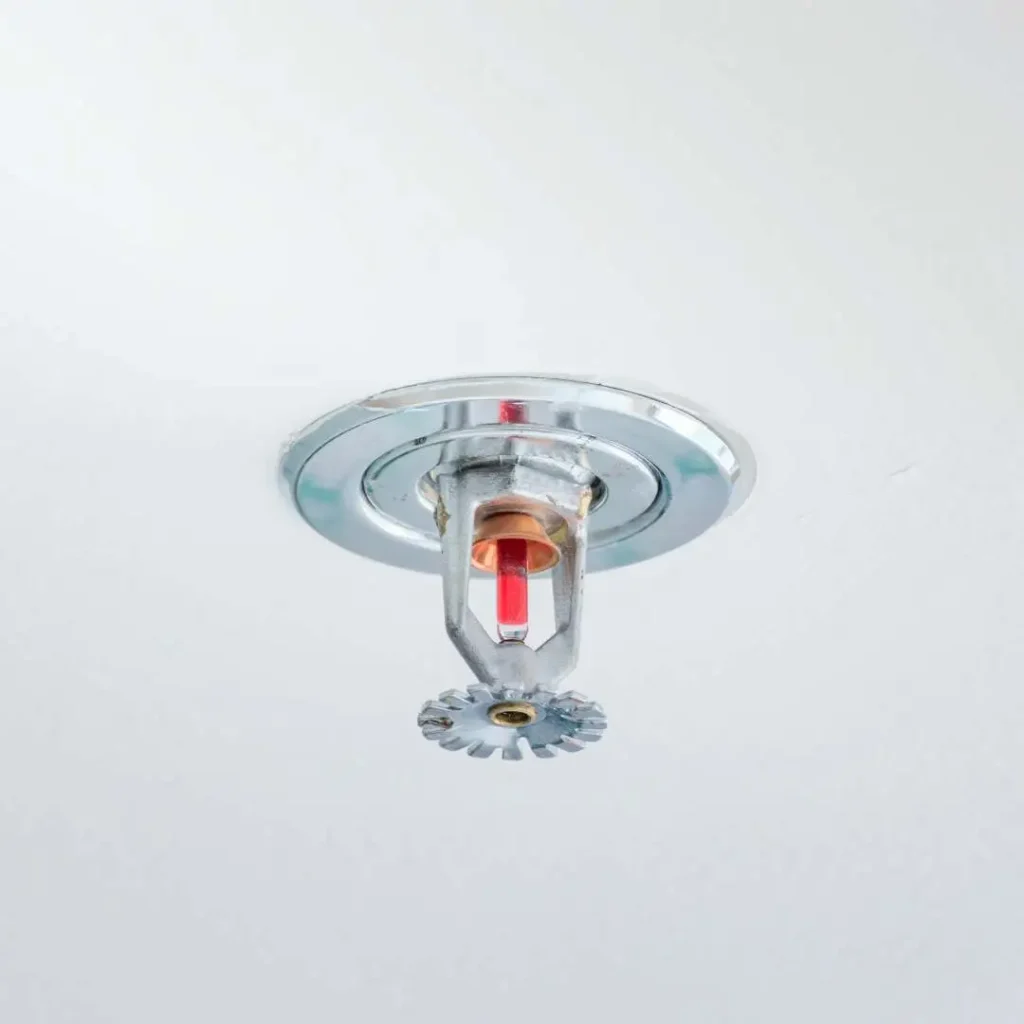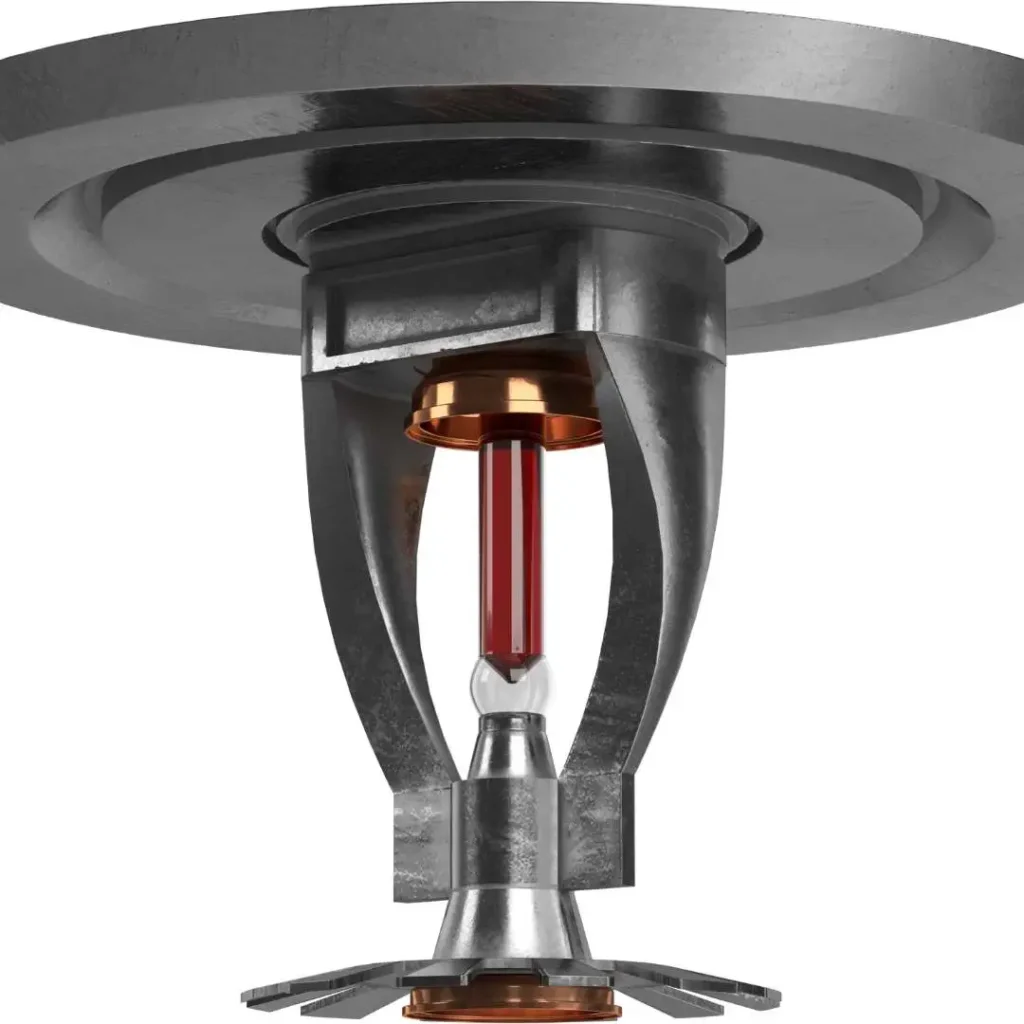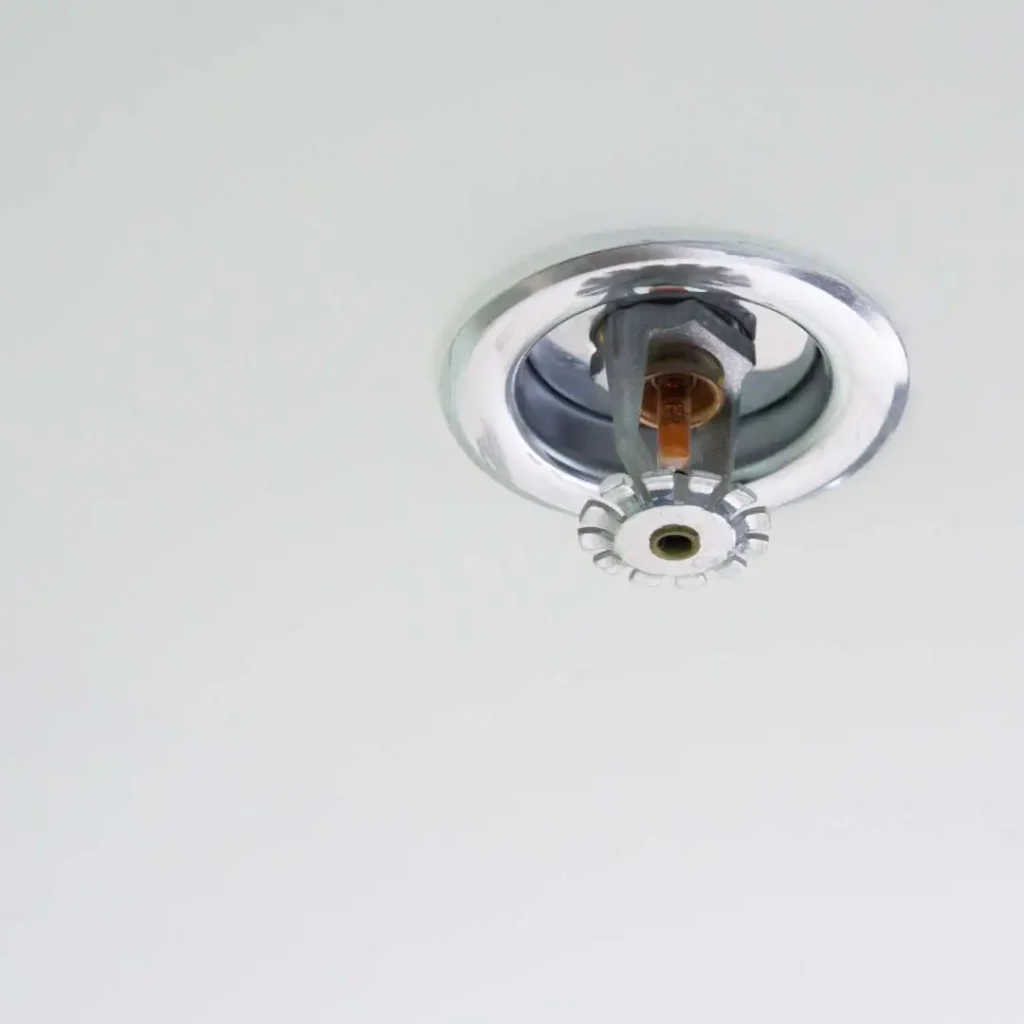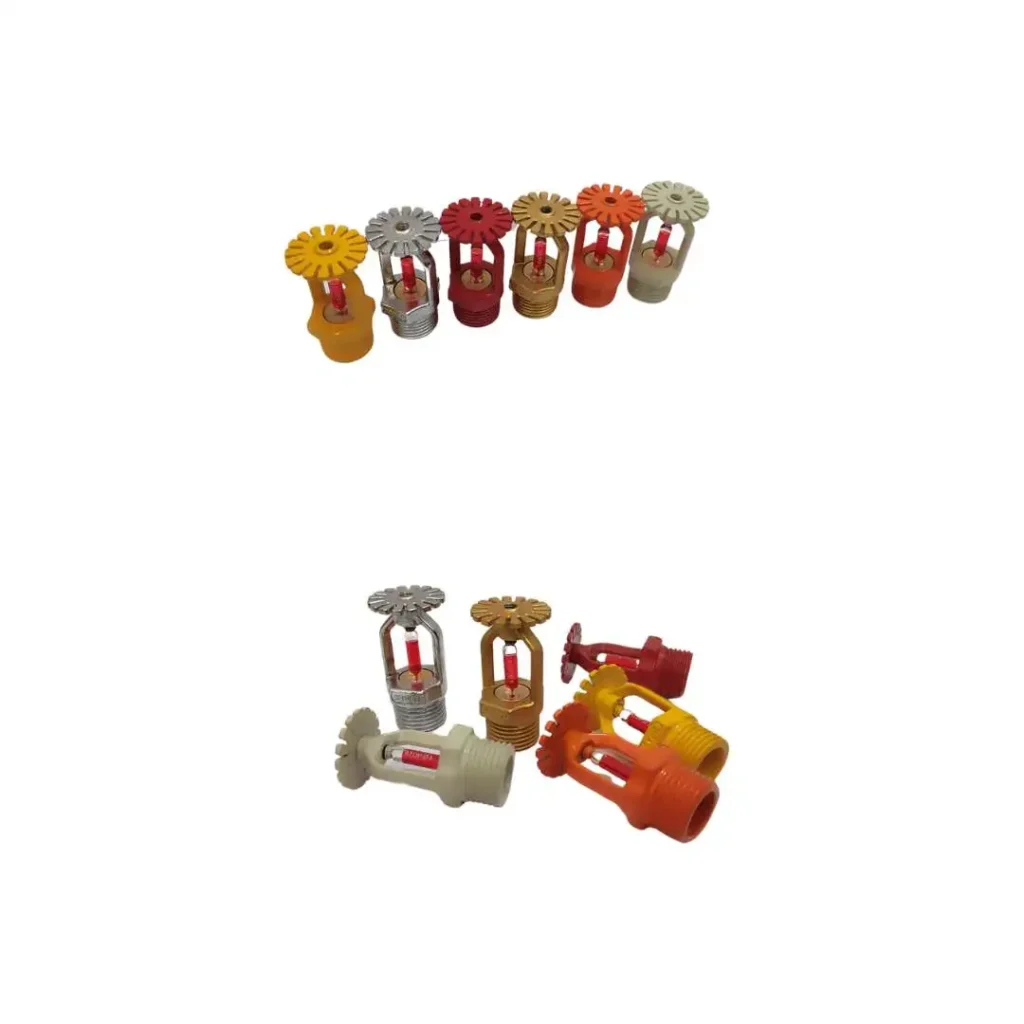Automatic Fire Sprinkler System: The Ideal Safety Solution
In a world where fire protection is crucial for safeguarding both property and lives, the automatic fire sprinkler system has emerged as one of the most effective methods for combating fires immediately. This system is designed to detect and suppress fires in their early stages, significantly reducing damage to infrastructure and, more importantly, saving lives.
Get the Best Fire sprinkler system to ensure proper Fire Protection of your premises. Call 9899208609 for the most affordable prices.
What is an Automatic Fire Sprinkler System?
An automatic fire sprinkler system is a network of pipes connected to a water source, with sprinklers strategically placed in key areas of a building. These sprinklers are equipped with temperature sensors or smoke detectors that, when activated, release water directly over the affected area. This system operates entirely autonomously, without requiring manual intervention, making it a critical tool in emergencies.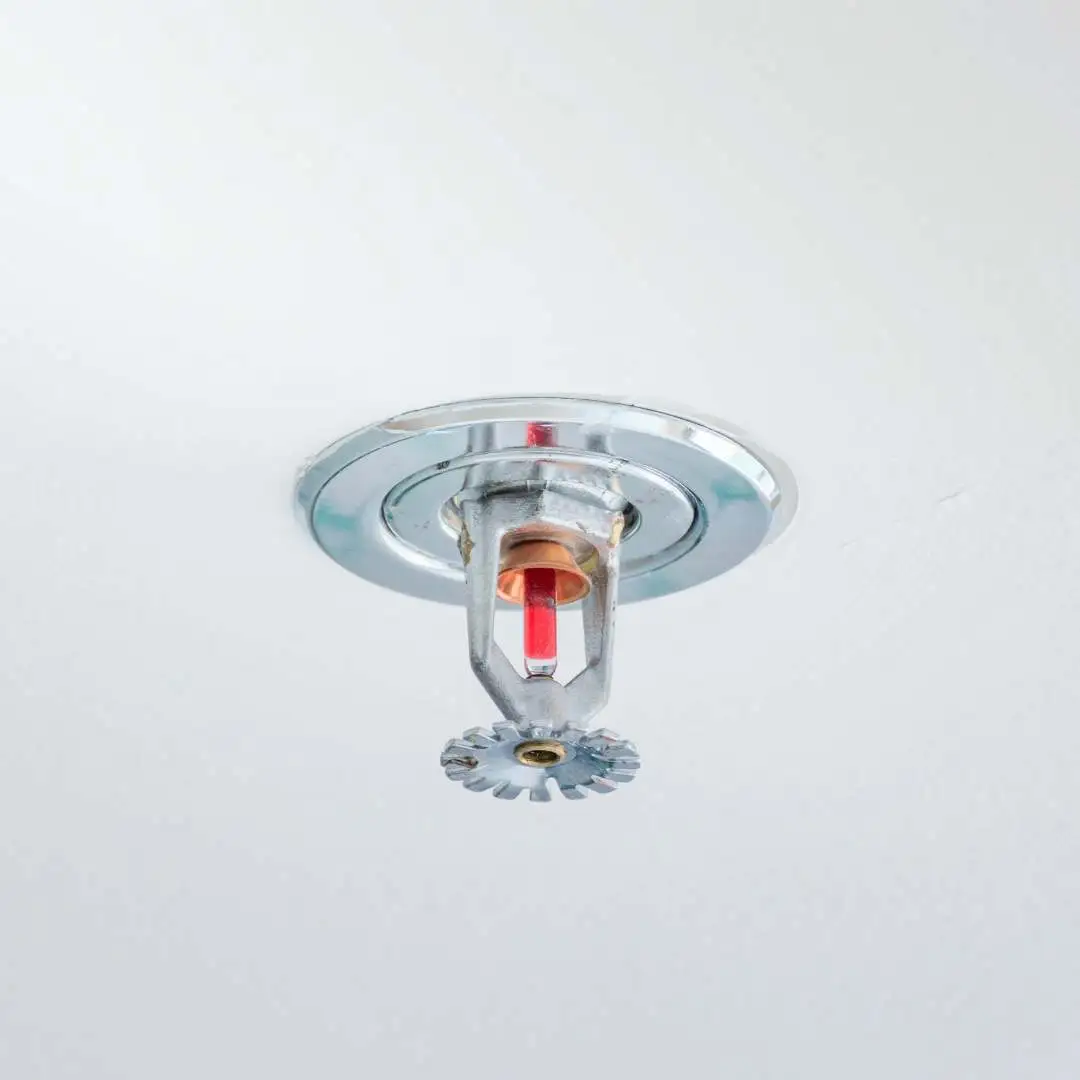
Main Components of the Fire Sprinkler System
The system comprises three main components that work together to ensure fast and efficient fire suppression:
- Sprinklers: Fitted with heat-sensitive heads, the sprinklers activate when they detect a significant rise in temperature.
- Control valves: These valves allow or block the flow of water to the sprinklers, ensuring they activate when needed.
- Water pump and pipes: The pump ensures water flows through the pipes at adequate pressure, reaching the activated sprinklers.
Benefits of an Automatic Fire Sprinkler System
1. Efficient and Early Fire Prevention
The greatest benefit of an automatic fire sprinkler system is its ability to detect and control fires in their earliest stages. By activating the sprinklers immediately, the system minimizes the risk of fire spreading and potential property damage.
2. Reduction of Property and Asset Damage
Unlike other fire suppression methods, sprinklers use precise amounts of water, which prevents the saturation of unaffected areas. This significantly reduces collateral damage caused by water, especially when compared to the use of fire hoses.
3. Minimization of Human Losses
Automatic fire sprinkler systems can save lives by controlling fires before they become a major threat. Additionally, many insurance companies offer premium discounts to buildings equipped with these systems due to the reduced risk of severe damage.
4. Compliance with Safety Regulations
Many governments and regulatory bodies require the installation of automatic sprinkler systems in certain buildings, such as offices, shopping malls, and factories. Meeting these regulations not only improves safety but also avoids legal penalties.
Types of Automatic Fire Sprinkler Systems
There are different types of automatic fire sprinkler systems, each designed to suit the specific characteristics of a building or facility:
1. Wet Pipe-Based Fire Sprinkler Systems
The wet pipe system is the most common. The pipes are always filled with water, allowing for immediate response in case of a fire.
2. Dry Pipe Based Fire Sprinklers Systems
In this system, the pipes are filled with compressed air, and water only enters the pipes when the sprinkler is activated. This system is ideal for areas where water might freeze.
3. Deluge Based Fire Sprinklers Systems
Used in high-risk areas, such as industrial facilities, these systems activate all sprinklers simultaneously, releasing large amounts of water in case of a fire.
4. Pre-Action Type Sprinklers System Systems
This system combines the features of wet and dry systems, requiring an additional signal (such as a smoke detector) to release water into the pipes.
Maintenance and Inspection of Fire Sprinkler Systems
To ensure the proper functioning of automatic fire sprinkler systems, regular inspections and maintenance are essential. These activities ensure that critical components, such as valves, pumps, and sprinklers, remain in optimal condition.
A maintenance program should include:
- Visual Inspections: Checking for obstructions and the condition of sprinkler heads.
- Operational Tests: Ensuring that control valves function correctly and that the water flow is adequate.
- Pressure Testing: Verifying the pressure in the pipes and pump to ensure efficient activation.
Factors to Consider When Choosing a Sprinkler System
When installing an automatic fire sprinkler system, several factors should be considered, such as the type of building occupancy, the size of the areas to be protected, and local regulations. Some buildings, such as hospitals or warehouses, may require more specialized systems due to the nature of stored materials or occupancy density.
Frequently Asked Questions (FAQs)
- How does an automatic fire sprinkler system work?
The system detects heat or smoke and activates the sprinklers to release water directly over the area affected by the fire. - What are the benefits of having an automatic fire sprinkler system?
Key benefits include early fire suppression, reduced property damage, and enhanced safety for occupants. - What kind of maintenance does an automatic fire sprinkler system require?
Regular visual inspections, operational tests, and pressure checks are required to ensure the system functions properly. - Is it mandatory to have a sprinkler system in all buildings?
Not all buildings require sprinkler systems, but many regulations mandate their installation in commercial, industrial, and large residential buildings. - What types of automatic fire sprinkler systems are available?
There are several types, including wet pipe, dry pipe, deluge, and pre-action systems, each designed for different applications and risks.
This article provides a comprehensive overview of automatic fire sprinkler systems, from their operation to the different types available and the importance of proper maintenance. By implementing these solutions, businesses and property owners can ensure effective fire protection, safeguarding both lives and assets.
Test Your Knowledge and Get Instant Results

